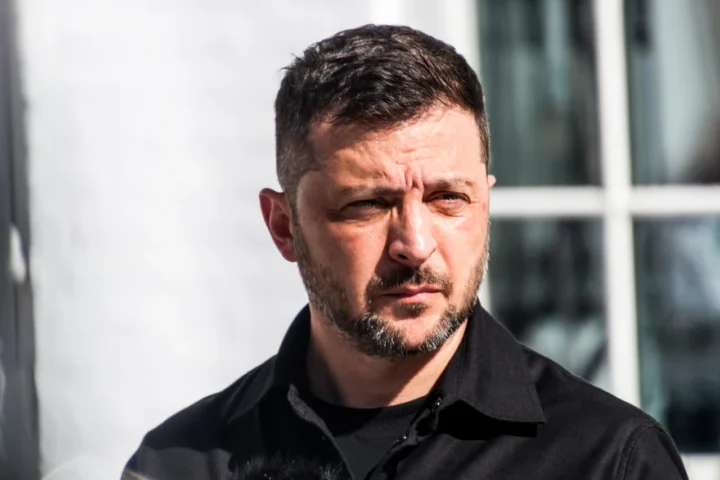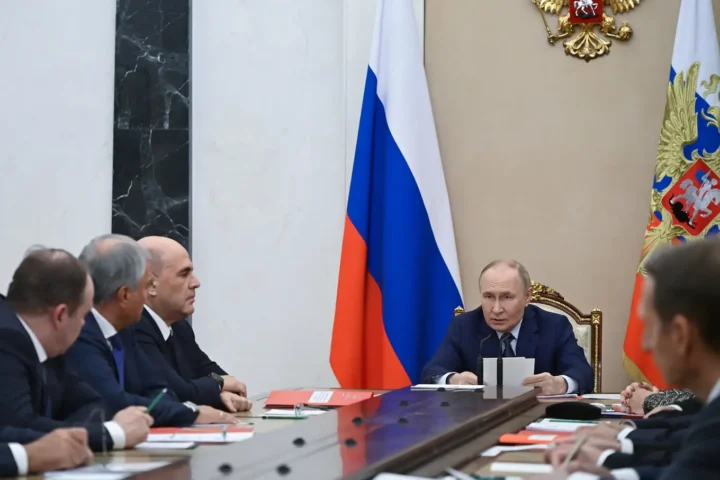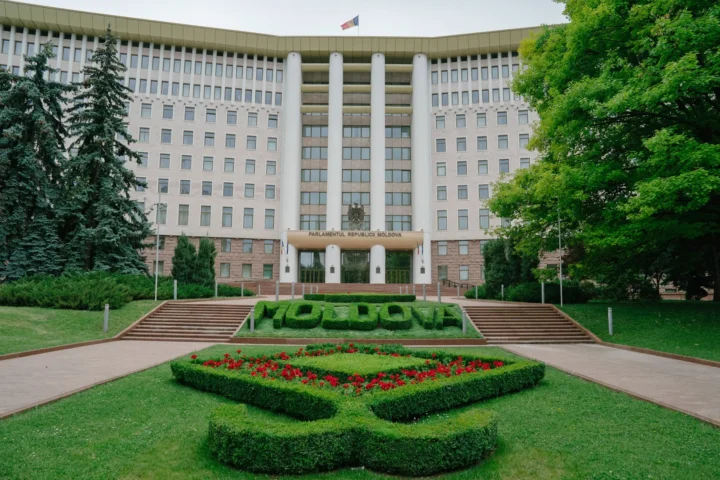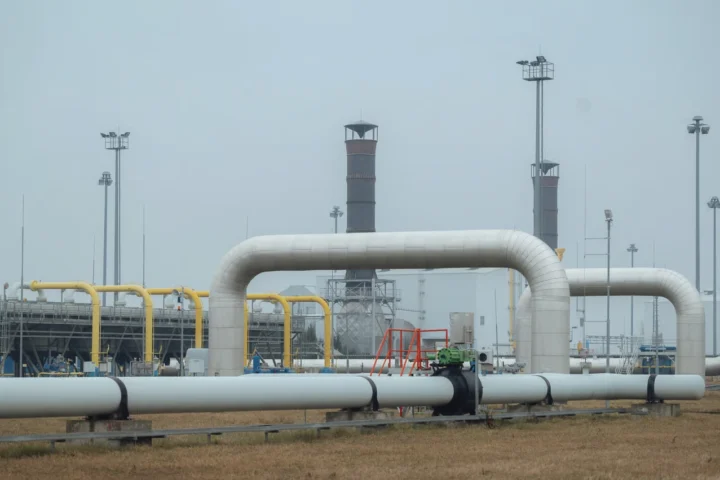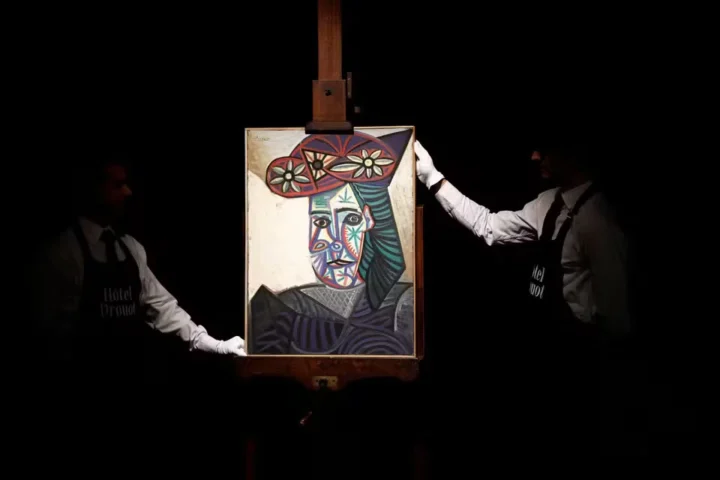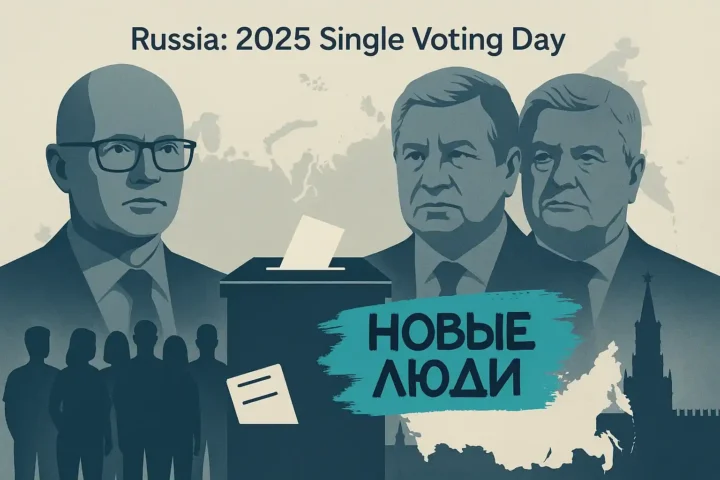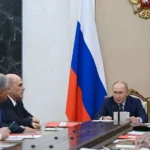The Lada Aura sedan has landed with a thud: fewer than 800 cars have been sold so far. Dealers reportedly tried to move the model at prices reaching up to 3 million rubles. Predictably, buyers balked at paying business-class money for a modest, low-power compact. In essence, the Aura is a lightly reworked Lada Vesta with an extended rear door; otherwise, it’s much the same car. For the same money in China, you can buy a high-quality, modern vehicle—or even a D- or E-class EV. Even the Tank 300, popular in Russia, is cheaper in China than the Aura.
AvtoVAZ, critics argue, has stopped building cars for people and started building them for bureaucratic reports to “the bosses.” That’s the only way to explain the inertia of Russia’s largest automaker and the unrealistic pricing of new models—pricing that seems pegged not to market reality or product merit, but to the inflated sticker prices of imports distorted by the recycling fee (utilization charge). As implemented in Russia, the system of state support for the auto industry has thoroughly discredited itself.
For comparison, consider how China built its auto sector: it trained engineers at top universities worldwide; consistently financed major domestic carmakers with long, cheap money while they operated on low margins of 10–30%; aggressively pursued industrial espionage in automotive; and then bought and localized production of core components—engines, gearboxes, automotive electrics, and more. Thanks to this toolbox of measures and a persistent push to become a global leader, China leapt in just two decades from mopeds to high-quality, modern passenger cars, trucks, and specialty vehicles. Over the same period, Russia has made a comparable leap in reverse—except we haven’t produced mopeds for a long time.









